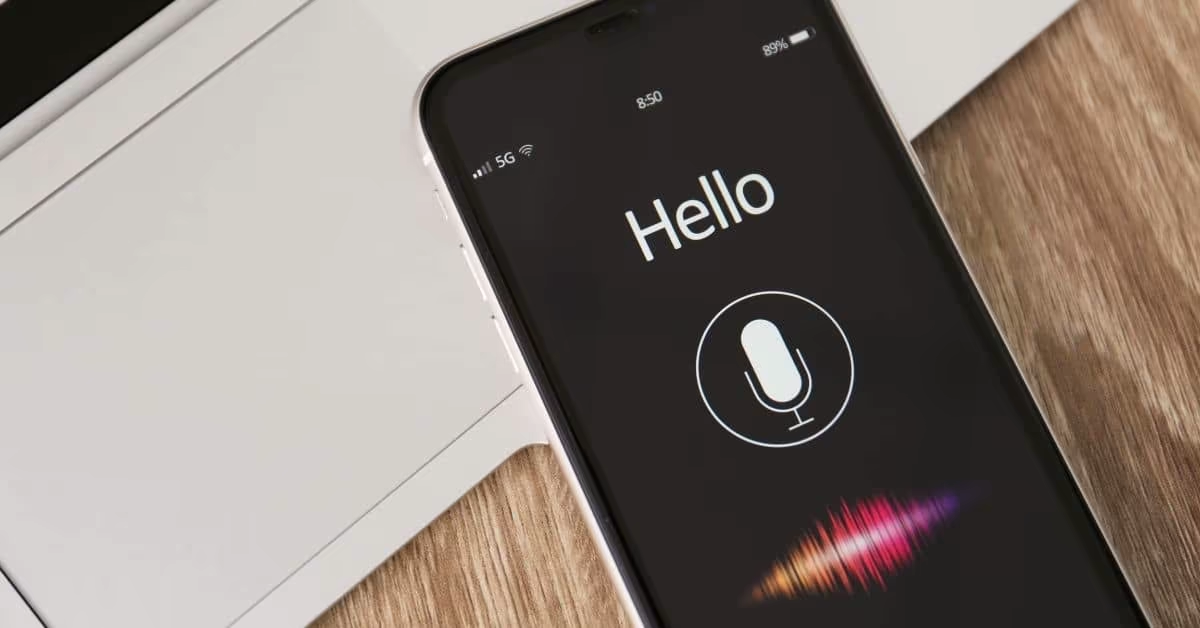Why Use A Voice-over Generator for Podcast?
Using a voice-over generator for a podcast is an efficient way to save money, time, and effort. It also ensures consistency and flexibility in the podcast’s voice.
There are several reasons why someone might use a voice-over generator for a podcast. Some of the main reasons include:
- Cost-effectiveness: Using a voice-over generator is cheaper than hiring a professional voice-over artist.
- Consistency: Using a voice-over generator ensures that the podcast has a consistent voice across all episodes.
- Flexibility: A voice-over generator offers more flexibility. There are many types of voice that can be used for the podcast, including different languages, accents, and even emotions.
- Time-saving: Using a voice-over generator saves time compared to manually recording voice-overs. This is especially useful if you are producing a podcast on a tight deadline.
- Convenience: With a voice-over generator, it is possible to generate voice-overs from anywhere, at any time, as long as you have an internet connection.
How to Improve Your Podcast with AI Voices ?
- Test the voice-over generator before using it for the podcast: Make sure to test the voice-over generator to ensure that the audio quality and the voice match your desired style and tone.
- Write clear and concise scripts: Make sure the script you are using is clear and concise, as this will make it easier for the voice-over generator to understand and produce accurate speech.
- Use the right voice for the podcast: Choose a voice that matches the tone and style of the podcast. Some voice-over generators offer multiple voices to choose from, so experiment with different options to find the best fit.
- Proofread the script: Before generating the voice-over, proofread the script to ensure that there are no grammatical errors or typos.
- Add music and sound effects: To enhance the overall audio quality and make the podcast more engaging, consider adding background music and sound effects to the voice-over.
- Use the generated voice-over in a professional way: Use the generated voice-over in a way that sounds natural and professional, this will make it hard for listeners to tell that the voice is generated.
What are the Best Voice Generators for AI Podcasts?
These are some popular voice-over generators for podcasts, but there are many other options available, each with its own set of features and capabilities, so make sure to research different options and choose the one that best fits your podcast’s needs, considering also pricing.
- Amazon Polly
- Google Text-to-Speech
- Replika
- Adobe Voco
- Transkriptor
How to Use Transkriptor for Podcasts?
Here’s how you can use Transkriptor to transcribe an audio file for a podcast production:
- Sign up for a Transkriptor account and log in.
- Upload the audio file you want to transcribe. Transkriptor supports various audio file formats such as MP3, WAV, and M4A.
- Select the language of the audio file. Transkriptor supports multiple languages including English, Spanish, French, and German.
- Wait for the transcription to be completed. Depending on the length of the audio file, this may take several minutes.
- Once the transcription is complete, you will be able to view and edit the transcribed text in the Transkriptor interface.
- Use the transcribed text as a script for the podcast. This is used for transcription for the podcast’s website, for subtitles for the podcast, or for creating a summary of the podcast.
If you do not want to use Transkiptor on its website, it is also possible to download its app from AppStore for Apple devices or Google Play Store for Android devices.
After creating your own podcast, you can upload it to Spotify, iTunes, or Google Podcast.
How to Improve Your Podcast Episodes?
- Use Podcastle , an AI-powered audio & video creation platform, to edit your podcasts.
- Add intro and outro music to your podcasts after creating the AI podcast.
- Get help from creating podcast tutorials prepared by professional podcasters and content creators.
- Check podcast hosting services to create an RSS feed of your audio files.





 Dubai, UAE
Dubai, UAE